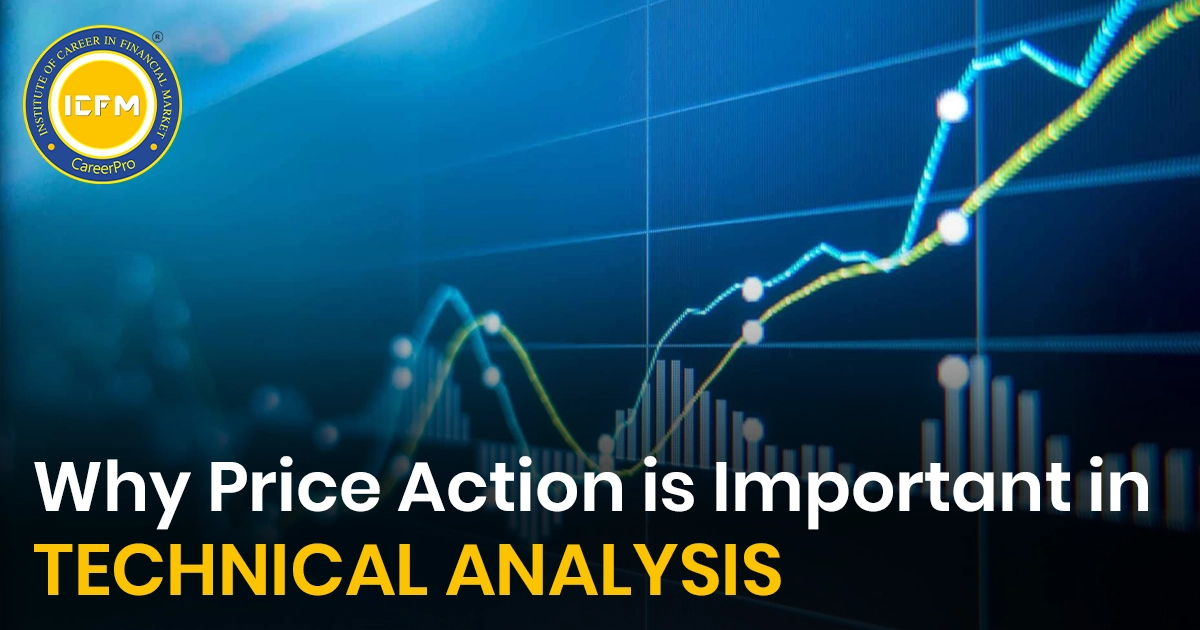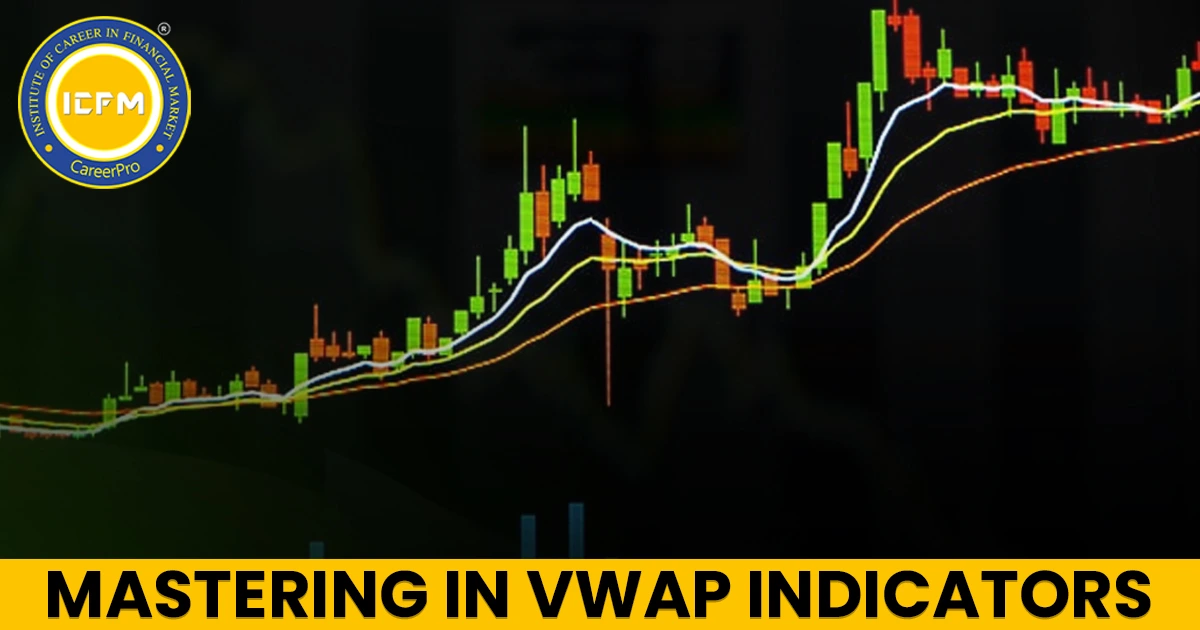The Pros and Cons of Relying on Technical Analysis vs. Fundamental Analysis
When it comes to making investment decisions, two primary methods dominate the market: technical analysis (TA) and fundamental analysis (FA). Both approaches provide unique insights into the market, but they differ significantly in their focus, tools, and time horizons. In this blog, we'll explore the pros and cons of each, helping you understand which approach might be best suited to your trading style and goals What is Technical Analysis?
Technical
analysis is an approach that makes use of previous market data, especially
price and volume, in order to forecast future price movements. Technical
analysts use charts, patterns, and technical indicators like moving averages
and RSI in order to understand trends and trade. This technique assumes that
everything is already incorporated into the price of an asset, and so market
behavior is predictable through analyzing price patterns.
Key Tools in Technical Analysis:
-
Candlestick patterns
- Moving
averages
- Relative
Strength Index (RSI)
- MACD
(Moving Average Convergence Divergence)
- Support
and resistance levels
What is Fundamental Analysis?
Fundamental
analysis is the evaluation of the intrinsic value of an asset. For stocks, this
means looking at financial statements (income statements and balance sheets),
earnings reports, industry performance, and broader economic indicators such as
interest rates and inflation. FA is used to decide whether a security is
overvalued or undervalued in terms of its true worth, often for long-term investing.
Key Factors in Fundamental Analysis:
- Earnings reports
Economic
Indicators (GDP growth, inflation)
Company
Management
Macro-economic
conditions (geopolitical events, policy changes)
Advantages of Technical Analysis Dependency
Advantages
of Technical Analysis
1. Quick
Market Insights
TA is perfect for short-term traders (such
as day traders and swing traders) because it allows them to cash in on
short-term price movements. By applying charts and indicators, technical
analysts can easily discover trends and entry/exit points.
2. No Need for Company Knowledge
Technical analysts do not need to know the
underlying company or its products. They focus purely on price action, which
makes it easier for traders to engage with a wide variety of assets without
needing to dive into company-specific research.
3. Objective Decision-Making
Since TA is
based on charts and indicators, it provides more **quantifiable**
decision-making. Once you’ve set rules for entry, exit, and stop-loss,
decisions are more objective and consistent, helping reduce emotional trading.
4. Works in Any Market Condition
Technical
analysis is applied in a very flexible manner regardless of whether the market
is trending up, down, or even sideways. And because of that flexibility, TA is
very versatile against all market conditions.
Disadvantages of Technical Analysis
1. Dependency on Past Data
The primary
disadvantage of TA is that it's based on historical data. Technical analysis
assumes the past price behaviour will predict future movements, but market
conditions can change, making past trends unreliable.
2. Lacks Fundamental Insight
TA does not
take into consideration the intrinsic value of an asset. A stock may be a
good technical buy, but if the company is struggling with declining earnings,
the price could eventually fall, even if the technical chart looks bullish.
3. Over-Reliance on Indicators
This model
risks over-trading based on technical signals. During periods of high
volatility, false signals increase the likelihood that the trader makes bad
decisions or trades too much, increasing his costs of trading.
4. Can be
Reactive, not Predictive
TA tends to
be reactive, responding to price changes rather than predicting major
swings in the market. This can sometimes make traders miss out on early
opportunities or fail to anticipate a larger market move.
---
Advantages and Disadvantages of Trading based on Fundamental Analysis
Advantages of Fundamental Analysis
1. Potential for long-term investments
Fundamental
analysis is more suited for long-term investors, as it focuses on the
intrinsic value of a company or asset. By examining financial health and future
growth potential, FA helps investors identify undervalued assets poised for
growth over time.
2. Broad Market Understanding
FA provides
a complete perspective of the company and the overall economic environment. The
understanding of interest rates, industry trends, and management quality gives
an insight into the long-term sustainability of a company or asset.
3. Value Investing Focus
Fundamental
analysis enables investors to identify undervalued stocks or assets, giving
them the opportunity to buy low and benefit as the market corrects itself in
due course.
4. Thorough Risk Evaluation
FA enables investors to consider a broad
variety of things including earnings stability, debt levels, and industry
performance that provide a more vivid view of the risks involved with an
investment.
Disadvantages of Fundamental Analysis
1. Time-Consuming and Complex
One of the
downsides of FA is the amount of research and data analysis that it
necessitates. To fully understand a company's financials, economic conditions,
and industry trends, investors need to spend significant time reviewing
reports, data, and news.
2. Not Ideal for Short-Term Trading
FA is more
suitable for long-term investing rather than short-term trading. When you
finally finish a fundamental analysis, the market may have already moved in the
short term by a large margin, so there is no room for making any profit.
3. Subjective Interpretation
Interpretation of financial data may
sometimes be subjective. Different analysts may interpret the same data differently
and may have different conclusions regarding the future prospects of a company.
4. Market Sentiment Can Overrule Fundamentals
Even when the fundamentals are in place,
market sentiment can force the price down due to extraneous reasons (such as
geopolitical events or panic in the market). This will create volatility, even
if the underlying asset is fundamentally sound.
---
Which One is Right for You?
The choice between technical and fundamental analysis depends on your trading style, risk tolerance, and time horizon
- Technical Analysis is best suited for:
- Day
traders, swing traders
- People who trade based on price actions, or
trends in the market
- People who like to keep it objective,
rule-based
- People who trade multiple assets and don't
need to know the inner workings of the individual company
-
Fundamental Analysis is best used for
- Long-term investors buying undervalued
assets
- Investors
looking to understand the "why" behind market moves
- Investors willing to hold positions for
months or years and are willing to ride out the volatility of markets
Most
successful traders use a hybrid of both. They utilize fundamental analysis
to find good investment opportunities and then technical analysis to enter and
exit those investments at the right times.
---
Conclusion
Both technical and fundamental analysis offer valuable insights, and each
has its own strengths and limitations. Whether you’re focused on short-term
trading or long-term investing, understanding both approaches will help you
make better, more informed decisions. The best strategy often involves
combining elements of both methods to suit your specific goals and market
conditions.
Ultimately,
consistency, discipline, and continued learning are the keys to success in any
market. Do you prefer technical, fundamental, or a mix of both? Let us know in
the comments!









